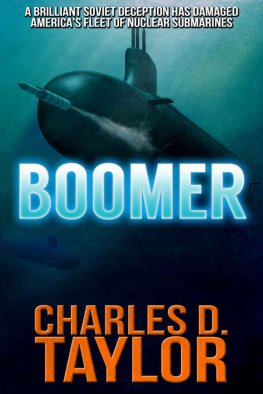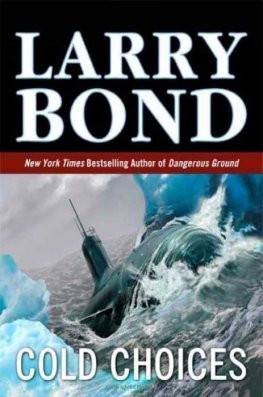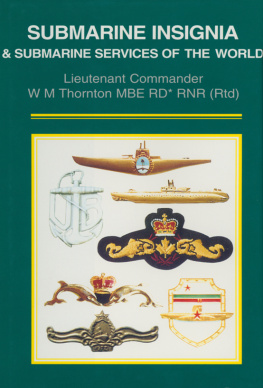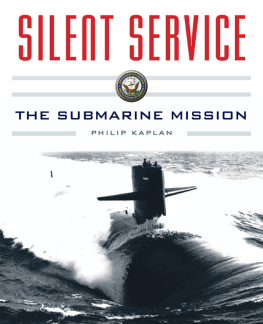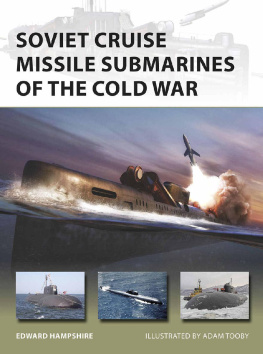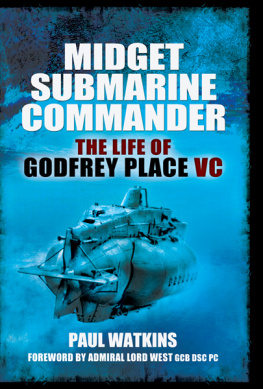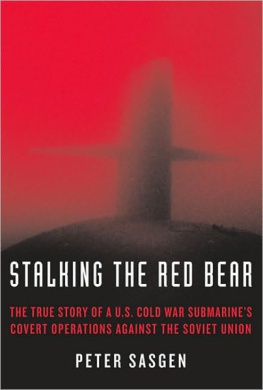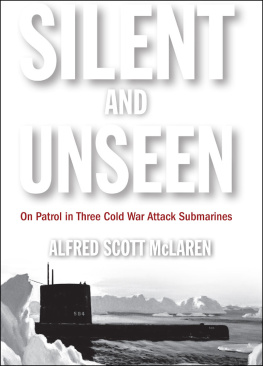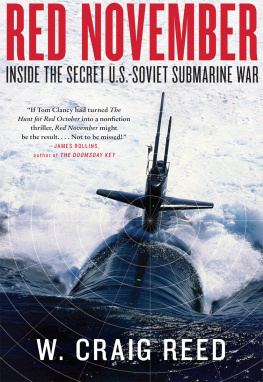STEALTH BOAT


STEALTH BOAT

Fighting the Cold War in a
Fast-Attack Submarine
Gannon McHale
Naval Institute Press
Annapolis, Maryland
Naval Institute Press
291 Wood Road
Annapolis, MD 21402
2008 by Gannon McHale
All rights reserved. No part of this book may be reproduced or utilized in any form or by any means, electronic or mechanical, including photocopying and recording, or by any information storage and retrieval system, without permission in writing from the publisher.
First Naval Institute Press paperback edition published in 2013.
ISBN: 978-1-61251-346-1
Library of Congress has catalogued the hardcover edition as follows:
McHale, Gannon.
Stealth boat : fighting the Cold War in a fast attack submarine / Gannon McHale.
p. cm.
Includes bibliographical references and index.
1. McHale, GannonAnecdotes. 2. McHale, GannonFriends and associates. 3. United States. NavySubmarine forcesBiography. 4. United States. NavySubmarine forcesHistory20th centurySources. 5. United States. NavySea lifeHistory20th centurySources. 6. Sturgeon (Submarine)History. 7. Cold War. I. Title.
V63.M33A3 2008
359.933092dc22
[B]
2008015587

 This paper meets the requirements of ANSI/NISO z39.48-1992 (Permanence of Paper).
This paper meets the requirements of ANSI/NISO z39.48-1992 (Permanence of Paper).
21 20 19 18 17 16 15 14 13 9 8 7 6 5 4 3 2 1
First printing
In praise of otherwise not famous men... the submariners of the Cold War
First in her class, finest in the fleet!
Motto of the USS Sturgeon
(SSN 637)
Contents


M OST OF THIS HAPPENED over forty years ago, between March 1967 and August 1970, when I served in the U.S. naval submarine service. This book is a recollection of the men I served with and some of what we accomplished and experienced during that time. To accurately reconstruct the events in question, I visited and interviewed many of those men. They are the real authors of this book. We remember clearly not only the dangerous things we did in service to our country but also the fun we managed to have in the process, when we were younger, slimmer, faster, and smarter. Our memories are colored by the passage of time, however, and therefore must be read in the context that they are somewhat limited in scope.
This is also my remembrance of what it was like to grow up on board a nuclear-powered fast-attack Submarine. I reported on board USS Sturgeon (SSN 637) when I was still a boy, and I left a young man. This was the most important period in my personal development, and it profoundly affected the way I have lived the rest of my life.
The whole project began at the suggestion of my shipmate, Barry Avery, who insisted I write down all those old sea stories. Now, there is a certain sea story element to this book, but sea stories, for the uninitiated, are anecdotal and are usually told when two or more sailors congregate for some idle time; however, they all have a modicum of truth to them, even if the embellishments often strain credulity. So even if some of what follows may seem, at times, to be fictional, that is not the case. Everything in this book actually happened, and all of the characters are not only men I served with but some of the finest men I have ever met.
The everyday working language of a submariner is, at the very least, salty, and the Sturgeon was no exception. By modern novel standards this language is mild, but in the interest of those who object to expletives and cursing, I have eliminated most of the ubiquitous shipboard profanity and retained only those instances that are necessary to define character or are simply too humorous to pass up.

Periscope Depth, Off the Coast of Russia, Spring 1969
M Y CHART SHOWED Kashin-class destroyers in two different places in the upper-right-hand corner, Osa-class torpedo boats running back and forth at high speeds across the top, and a Soviet November-class submarine smack in the middle of the quadrant while we approached from the west. The captain hung off the number 2 scope and observed everything from a distance. I had a good solution on that November class when suddenly the captain called out: Mark these bearings. Mark! Mark! Mark! Mark! Mark! Mark!
The captain spun the number 2 scope around and called out the bearings so quickly I couldnt keep up, and because they were as much as twenty to thirty degrees apart, they made no sense.
This is a patrol plane flying figure eights. Just draw a big figure eight pattern around those bearings. What do we have for a solution on the target? What does Mr. Spock say?
From the analyzer at the forward end of the fire control panel, red-headed Lieutenant (jg) Hoff replied, The increase in bearing rate indicates a course change, Captain. Contact is headed northwest, out of the area.
What have you got, Yeoman?
One seven nine, five hundred yards, dead ahead, Captain.
Thats him. Hes on a one eight zero course. They dont have him yet, but we do.
A moment later, the captain again called out: Mark these bearings. Mark! Mark! Mark! Mark! Mark! Mark! and a second figure eight pattern overlapped the first.
Wheres the X in the figure eight? the captain demanded. Where do the lines cross? Thats his target. Wheres the X?
I turned toward the periscope.
Captain... were the X!

Next page

